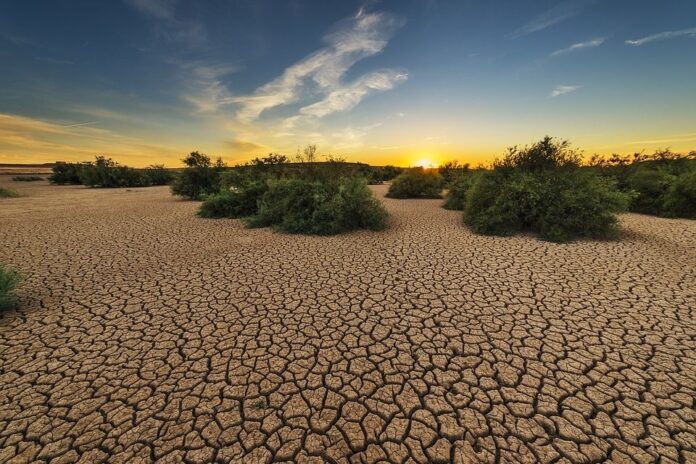The World Bank approved $103.4 million for Ghana to reverse land degradation and strengthen integrated natural resource management in about 3 million hectares of degraded landscapes, working with communities of the Northern Savannah Zone and the cocoa forest landscape.
The cost of environmental degradation in Ghana due to unsustainable use of land for agriculture, forests, and mining stands at 2.8 percent of national GDP (2017). If the current natural resource extraction remains unchanged, Ghana will see its natural resource base destroyed over the long term, with fewer opportunities to sustain growth and shared prosperity.
The Ghana Landscape Restoration and Small-Scale Mining project will focus on land-use planning for integrated landscape management and promote sustainable mining by helping formalize artisanal and small-scale mining. It will also support sustainable land, water, and forest management activities in the climate vulnerable target landscapes.
“The project aims to place landscapes and mining sector management on a path that would transition from degraded landscapes, poverty, and low productivity toward one of resilient landscapes that optimize the ecosystem functions for better livelihoods and more sustainable economic returns,” said World Bank Practice Manager, Environment, Natural Resources and Blue Economy, Sanjay Srivastava.
The project will also enhance women’s role in local-level forest and landscape management activities, and create better income-generating opportunities. Over 250,000 people will benefit from the project.
“This joint project aligns with the World Bank’s Forest-Smart Mining Initiative and will promote forest-smart interventions in the artisanal and small-scale mining sector and strengthen regulatory compliance and sustainable mining practices,” said World Bank Acting Practice Manager, Energy & Extractives Global Practice, Zubin Bamji.
The financing includes an IDA credit of $75 million and $28.4 million in grants from the Global Environmental Facility, the Extractive Global Programmatic Support, and the Global Partnership for Sustainable and Resilient Landscapes (PROGREEN) multi-donor Trust Funds.
The World Bank’s International Development Association (IDA), established in 1960, helps the world’s poorest countries by providing grants and low to zero-interest loans for projects and programs that boost economic growth, reduce poverty, and improve poor people’s lives. IDA is one of the largest sources of assistance for the world’s 75 poorest countries, 39 of which are in Africa. Resources from IDA bring positive change to the 1.6 billion people who live in IDA countries. Since 1960, IDA has supported development work in 113 countries. Annual commitments have averaged about $21 billion over the last three years, with about 61 percent going to Africa.



